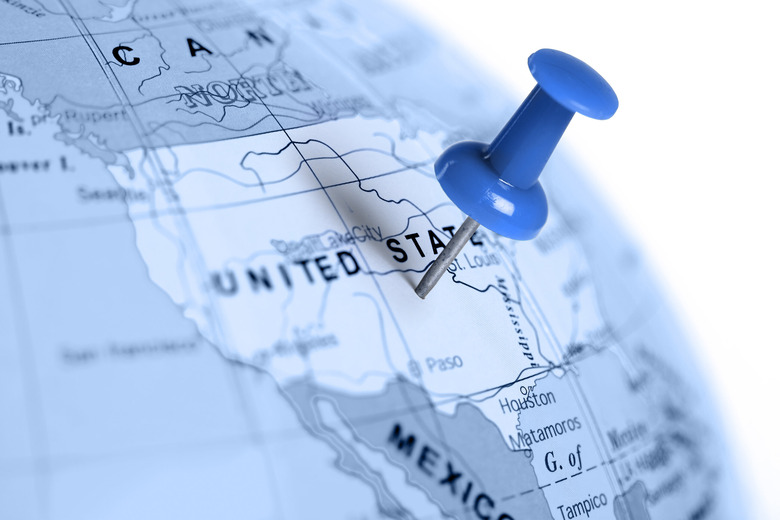These Are The Worst US States To Live In
In the ongoing Darwinian struggle among US states to convince people that theirs is better than the competition, the goal is not just survival of the fittest. Indeed, new data from CNBC that tallies which 10 US states are the worst states to live in — which, correspondingly, also helps identify where the best are, at least subjectively — looks at a lot more than, well, the "fittest." Public health systems are a big part of what makes a state livable or not, but so is quality of life thanks to things like crime rates. Plus hospital capacity, the presence or not of restrictive voting laws, how well states protect residents against discrimination, and much more.
These kinds of rankings tended to elicit eye-rolls and yawns from people before the pandemic. Now? Well, especially with remote work a trend that seems here to stay for a good long while, states are going to need to pay closer attention to how they're viewed beyond their borders, if they're not doing so already. It's going to matter more than ever before. In terms of attracting new talent, residents, and businesses.
Worst states to live in (July 2021)
All that said, here's CNBC's latest recap of the current 10 worst states to live in. We'll give you the entire top 10, below:
#10: Indiana.
Weaknesses mentioned for this state include shortcomings in public health funding, voting rights, inclusiveness, and air quality. Additionally, CDC data shows that Indiana is on the poorer end of the scale when it comes to COVID-19 vaccination rates.
#9: Louisiana.
Weaknesses mentioned for Louisiana include high crime and myriad health problems, like high rates of smoking and obesity. The state also has one of the lowest COVID-19 vaccination rates in the country.
#8: Arkansas.
This state suffers from high crime, low COVID-19 vaccination rates, and increased restrictions on voting rights.
#7: Alabama.
Here, you'll find the second-lowest COVID-19 vaccination rate in the US. The only state that's worst is Mississippi, its neighbor. Alabama is one of the worst states to live in, meanwhile, for other health reasons that include having the second-highest rate of cardiovascular disease in the country.
#6: Georgia.
Here, too, COVID-19 vaccination rates are pretty low. But the state's record on voting restrictions also stands out as a negative. In fact, Georgia comes in at #49 out of 50 on the voting difficulty index prepared by researchers at Northern Illinois University.
Top 5
Now we come to the top 5. These are the worst of the worst, and they include –
#5 Tennessee.
When the Republican-controlled legislature here isn't working itself into a furor over ways to limit transgender rights, it's ignoring things like the state's abysmal COVID-19 vaccination situation. I live here, and statewide, vaccination has been a struggle. In recent days, state officials in their infinite wisdom also made headlines for the Tennessee Department of Health's move to halt all vaccine outreach to adolescents. Not just for COVID-19, either, but all vaccines for all diseases.
#4 and #3 (tie): Missouri and Nevada.
Missouri has one of the highest crime rates in the US, and seriously lags the rest of the country in funding for public health. Nevada, meanwhile, ranks high over poor air quality, high crime, and the fact that the state spends the lowest in the US per person on public health.
#2: Texas.
The Lone Star State is quite business-friendly, but it's also one of the only states in the country to lack a "public accommodation law" protecting people against discrimination. Restrictions on voting rights are also on the rise here.
#1: Arizona.
According to the CNBC data, Arizona has the worst scores in every metric it looked at. From crime to health to that desert air quality. In fact, Maricopa County (which contains the city of Phoenix) has some of the worst air quality in the nation, per the American Lung Association.
